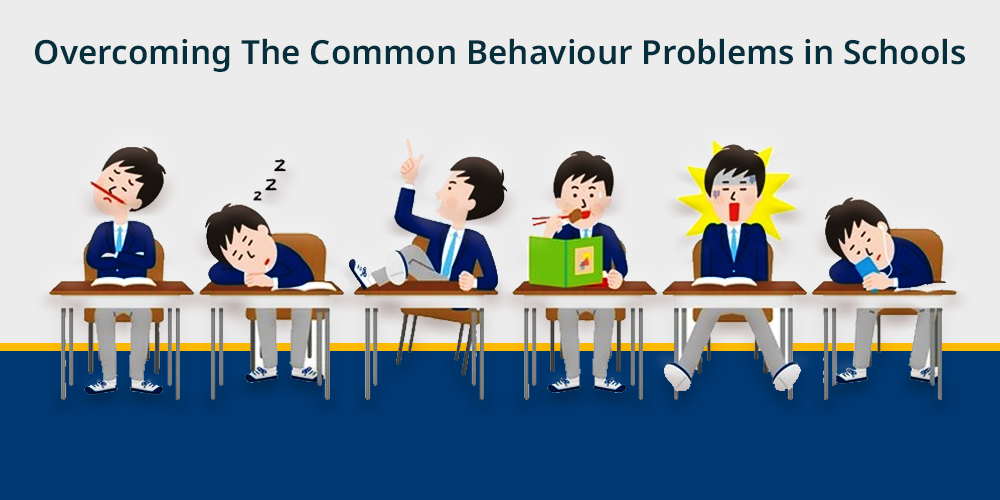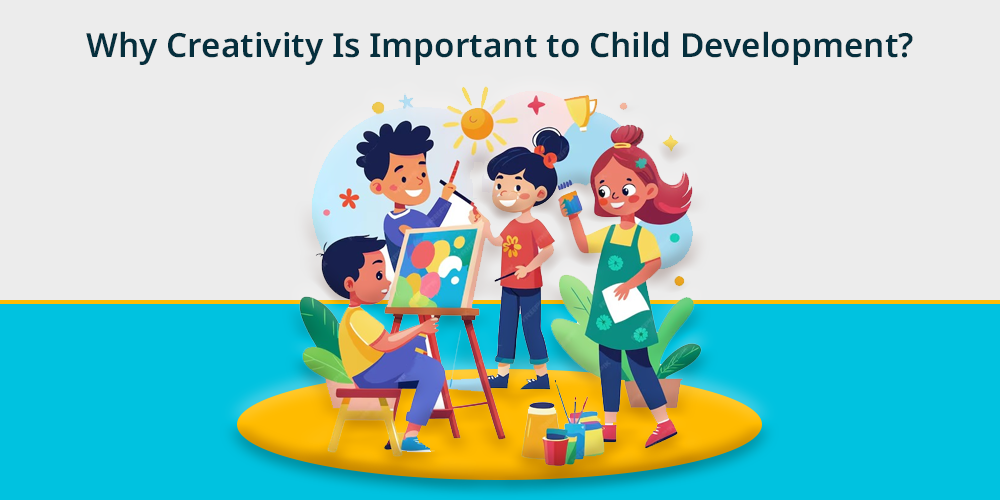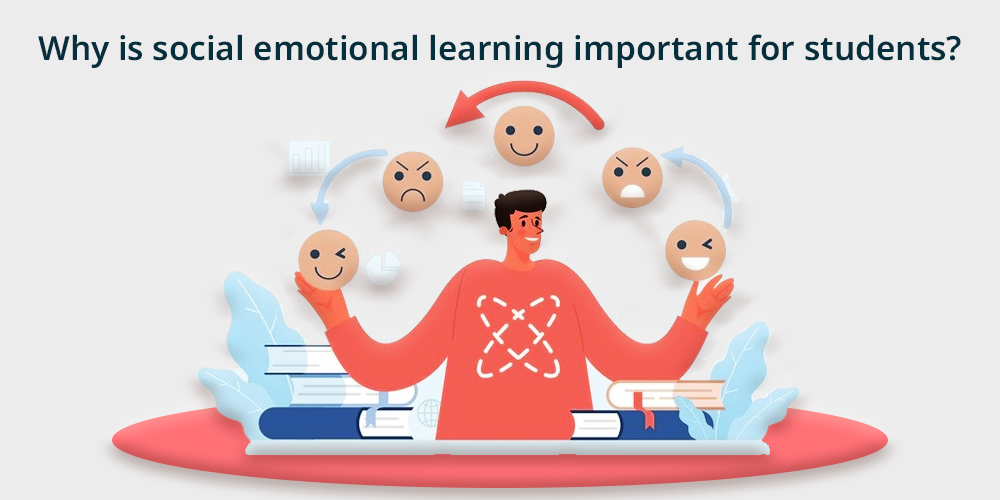
Technology has greatly emerged to transform most areas of the world today, and this has also extended to the education sector.
In India, many schools have begun shifting from state boards to CBSE boards. The reason for this shift is to adopt a modern, standardized, and widely acknowledged system of education.
This blog will precisely discuss the role of technology in facilitating this transition and show how it helps students educators, and educational institutions.
Table of Contents
- Introduction: The Changing Educational Landscape
- Digital Classrooms: Bridging the Gap
- Benefits of Digital Classrooms:
- Online Assessments: Enhancing Evaluation Methods
- E-Learning Platforms: Supporting Continuous Education
- Teacher Training: Empowering Educators
- Student Engagement: Fostering Active Participation
- Data Management: Streamlining Administrative Processes
- Challenges and Solutions: Navigating the Transition
- Conclusion: Embracing the Future of Education
Introduction: The Changing Educational Landscape
As technology evolved, we have witnessed the rise of online education platforms like 21K School, which has made education easier and available to all.
Many schools have started welcoming the CBSE pattern into their education system because the curriculum is quite inclusive and does not favor a particular section of students.
As for the school board, the CBSE board is focused on the development of analytical thinking, problem-solving competencies, and the overall personal growth of the students.
Technology played an important role as it made the transition from traditional education towards effective learning easier and smoother.
Digital Classrooms: Bridging the Gap
The use of technology is one of the most important impacts that have been adopted in the curriculum of CBSE, and the realization of digital classrooms.
Virtual environments enable an interactivity of the learning process as well as provide an ecologically valid approach.
These Digital classrooms have various tools including smartboards, projectors, and interactive software which enhance the teaching and learning process.
Benefits of Digital Classrooms:
- Interactive Learning: Interactivity through tools such as the Internet enhances subjects or topics studied in school and college hence becoming enjoyable to students.
- Accessibility: Anyone with good internet connectivity and a device can study from any location in the world.
- Resource Availability: A range of computer and internet-based resources such as e-books, lecture videos, and other videos and courses help in teaching according to the CBSE syllabus.
Online Assessments: Enhancing Evaluation Methods
Technology has tackled challenges with conventional forms of assessment through effective approaches to assessment methods.
Online assessment and recognition help students to gain an understanding of their strengths and weaknesses in real-time.
Key Features of Online Assessments:
- Instant Results: When student get instant feedback it helps them to understand their weak areas and where they are strong.
- Adaptive Testing: Lessons can be adapted to get closer to the student and therefore the student can feel that the teacher is getting near him or her.
- Data Analytics: Find out how your students learn best and what keeps them from being productive provides an analysis of how students learn and how they can be made to learn and perform better.
E-Learning Platforms: Supporting Continuous Education
The drive and popularization of CBSE have also been supported by e-learning platforms.
These platforms include pre-recorded lectures, assignments, and other study materials that will help students meet the requirements of the CBSE curriculum offering continuous education support.
Advantages of E-Learning Platforms:
- Flexible Learning: It helps students and makes education more flexible which makes it more suitable to students’ requirements.
- Comprehensive Resources: The availability of numerous resources like practice papers, practice tests, videos, etc.
- Collaborative Tools: Some of them include collaborative learning tools such as discussion forums or boards where students can discuss and exchange knowledge.
Teacher Training: Empowering Educators
This has been reviewed based on a change to CBSE skills where educators need to be well-versed with the new curriculum and instructional practices.
Teacher education is also an important aspect of the technological facet. To equip teachers with proper skills and methodologies are important to teach the CBSE syllabus.
Technology in Teacher Training:
- Online Workshops: Workshops and online sessions relevant to teaching practice and the necessities emerging from CBSE keep teachers informed of the latest educational trends.
- Professional Development: E-learning modules developed ideal for learning to improve the ability and knowledge of the teachers.
- Resource Sharing: Professional resources also can be shared through the help of digital platforms so everyone can utilize great ideas and effective practices.
Student Engagement: Fostering Active Participation
Engagement also stands out as a key determinant in the efficiency of any given educational system. Technology enables other ways that students can remain fully involved in the way they are taught.
Technological Tools for Engagement:
- Gamification: Using incentives and gamification in lessons, where the content is transformed into a game to capture the student’s attention. Visit Game-Based Elements in Today’s K-12 Classroom
to know how gamification is reshaping the way education is delivered.
- Virtual Labs: Making them learn hands-on experience in subjects like science through virtual simulations.
- Interactive Apps: Educational apps provide practice activities in the form of quizzes to enhance user’s understanding of the knowledge that is being imparted to them.
Data Management: Streamlining Administrative Processes
It is critical in the education sector to ensure that data is well-managed and efficiently stored.
Technology helps to reduce paperwork and other administrative activities in schools, thereby leaving schools little or no excuse but to concentrate more on their core mandate which is education.
Role of Technology in Data Management:
- Automated Records: It is easy to keep records of each student’s performance, attendance, and other parameters and retrieve them when the need arises.
- Communication Systems: There is increased efficiency when teachers, students, and parents communicate frequently and effectively.
- Resource Allocation: Improved control of the Physical assets such as classrooms, Laboratories, Library, and other essential facilities through the help of digital supportive tools.
As with any change process, one of the core challenges is how to manage the transition period.
Therefore, along with the benefits of moving from the traditional mode to CBSE mode, some challenges may be encountered by schools as follows.
Common Challenges:
- Infrastructure: Evaluating the current state of development and providing the technology needed for all the schools.
- Training: Offering enough preparation for the teachers to be in a position to be content with the new technologies and methods of teaching that are being implemented in the classroom.
- Accessibility: Ensuring that all students can acquire the devices they need to access the works as well as an internet connection.
Solutions:
- Government Support: To this effect, teachers strive to obtain governmental assistance and adoption of policies promoting technological facilities in schools.
- Partnerships: Collaborating with technology companies to seek their help in providing affordable solutions and training.
- Community Programs: Efforts are being taken to supply devices and connectivity for low-income learners.
Conclusion: Embracing the Future of Education
The integration of technology in education is not just a trend but a need in the contemporary globalized society.
Especially with a growing number of schools moving from state boards to CBSE curricula, technology will have a more important role in the future to support the process effectively.
There are platforms like 21K School that are changing the way education is being imparted and making it easier for a large number of learners to access education.
Therefore, it could be affirmed that technology is a crucial factor that enabled states to adopt the CBSE and cannot be understated.
It improves the quality of education, motivates learners, and facilitates teaching making learning relevant to society and relevant to the set goals for the future.
The disruptive technological advancement by today’s generation is an opportunity to foster an ever-informed efficient, effective, sustainable, and responsive education system.

 Thailand
Thailand

